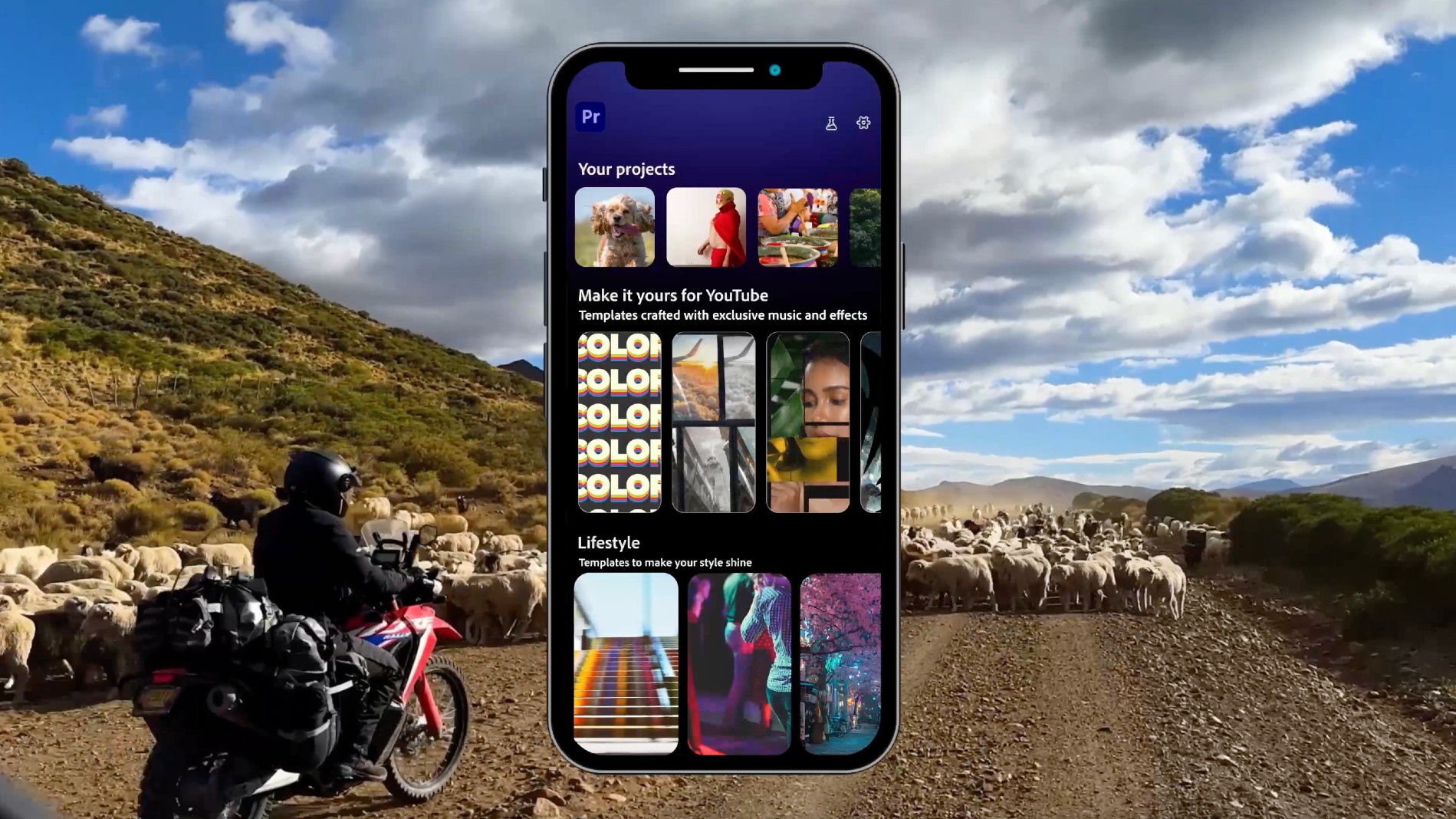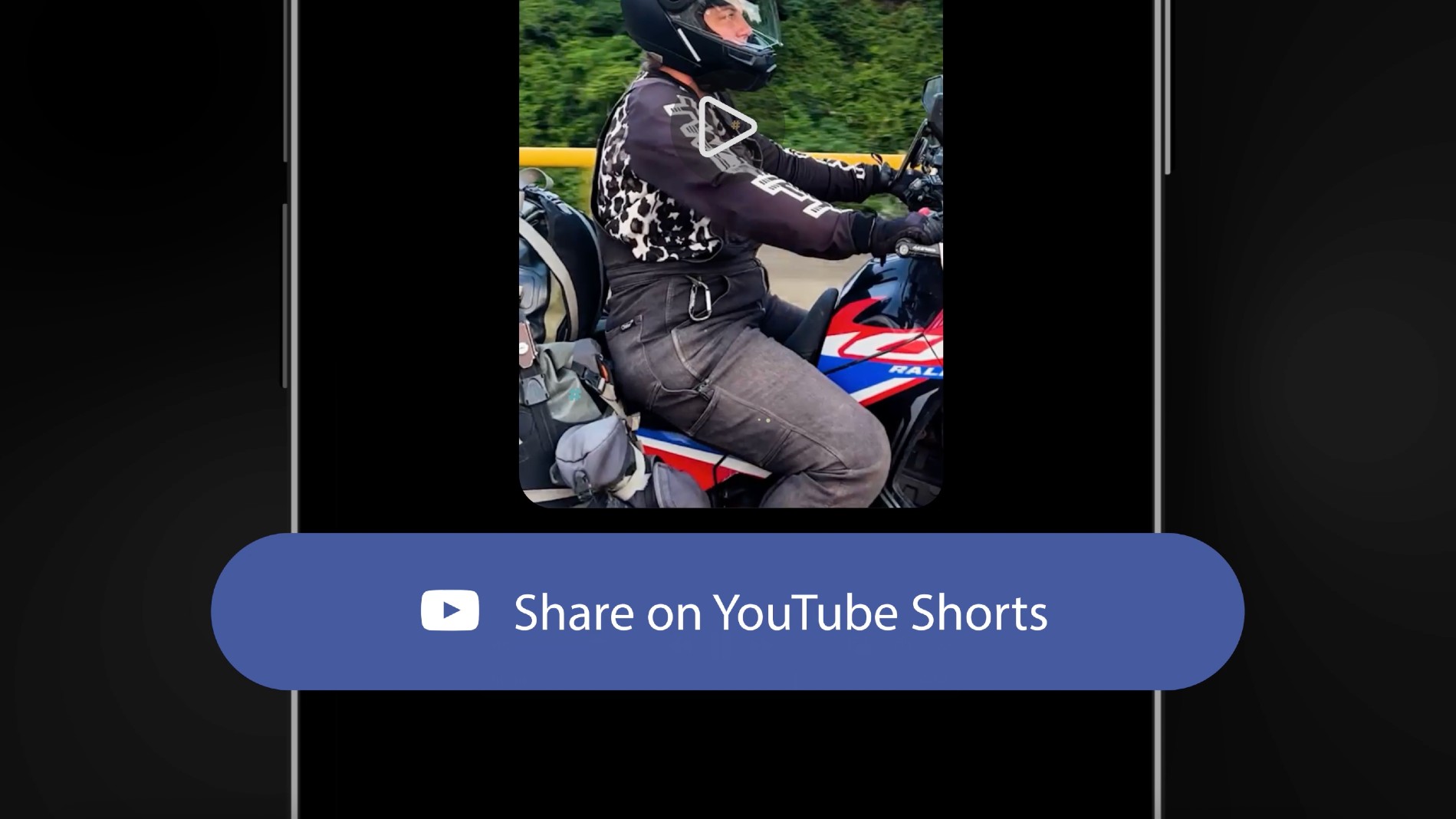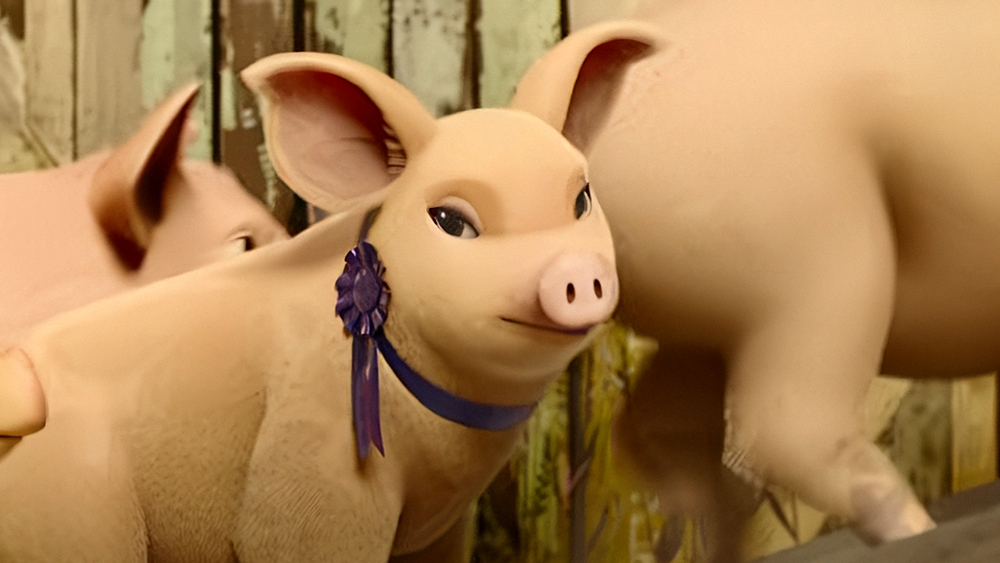Adobe is being smarter about AI video than I ever expected
The team finally understand what creators need, rather than what Adobe thinks they should want.

I'll admit it: I was prepared to roll my eyes at Adobe's video announcements this week. Another AI feature that saves you "hours of time"? Another tool that "unleashes creativity"? We've heard it all before, usually followed by a bunch of workflow changes nobody asked for.
But Adobe's Max 2025's video announcements have genuinely surprised me, and not because they're flashy. They're surprising because they're sensible.
The headline news is Adobe Premiere mobile integrating directly with YouTube Shorts. You'll be able to tap Edit in Adobe Premiere right inside YouTube, access proper editing tools, and publish without bouncing between apps.
This matters because Adobe is finally acknowledging reality: most people making videos today aren't cutting feature films or corporate promos. They're making Shorts, Reels and TikToks, often as their entire income stream.
Once, Adobe treated social video like a slightly embarrassing side hustle. Now, that's all changed. The partnership gives YouTube creators access to Premiere's tools, including effects, transitions and templates designed specifically for Shorts, without the friction of exporting and uploading separately.
In other words, it's meeting creators where they already are, rather than demanding they come to Adobe's world.
For more on Adobe's announcements, see the latest 2025 Sneaks and Adobe's 'conversational editing'.
Daily design news, reviews, how-tos and more, as picked by the editors.

Another highlight is AI Object Mask in Premiere Pro, which identifies and isolates people or objects for colour grading and effects. Absolutely no one is going to be miss masking objects frame-by-frame. Great stuff.
There's also a new web-based video editor coming, which positions Firefly as an end-to-end video platform. Whether anyone wants yet another video editor is debatable, but let's reserve judgement until it arrives.
Why this feels different
What strikes me most about these announcements is that Adobe seems to have learned something from watching creators flee to CapCut, Descript and countless other tools that don't require a mortgage to license. The Premiere mobile app is free. The YouTube integration is removing friction rather than adding it. The AI features target genuine pain points rather than "innovation" for its own sake.
Of course, there's still plenty to be cynical about. Adobe hasn't mentioned pricing for the AI features beyond noting they require "paid subscriptions". The company's track record of adding features then upselling them is well-established. There's also the question of whether this makes YouTube more dependent on Adobe, or Adobe more dependent on YouTube. If the partnership ends, do creators lose access to their templates and workflows?
But I'm choosing cautious optimism here, because Adobe appears to be making decisions based on what creators actually do, rather than what Adobe wants them to do. In the past, that's been rarer than it should have been.
The real test, of course, will be whether these tools actually ship and work as advertised. Adobe has a habit of announcing features in private beta that take years to reach the public. But for once, they seem to be pointing in the right direction; even if I never expected to say that about Adobe and video.
For a rundown of all of Adobe's tools, see our Adobe software list.

Tom May is an award-winning journalist specialising in art, design, photography and technology. His latest book, The 50 Greatest Designers (Arcturus Publishing), was published this June. He's also author of Great TED Talks: Creativity (Pavilion Books). Tom was previously editor of Professional Photography magazine, associate editor at Creative Bloq, and deputy editor at net magazine.
You must confirm your public display name before commenting
Please logout and then login again, you will then be prompted to enter your display name.
